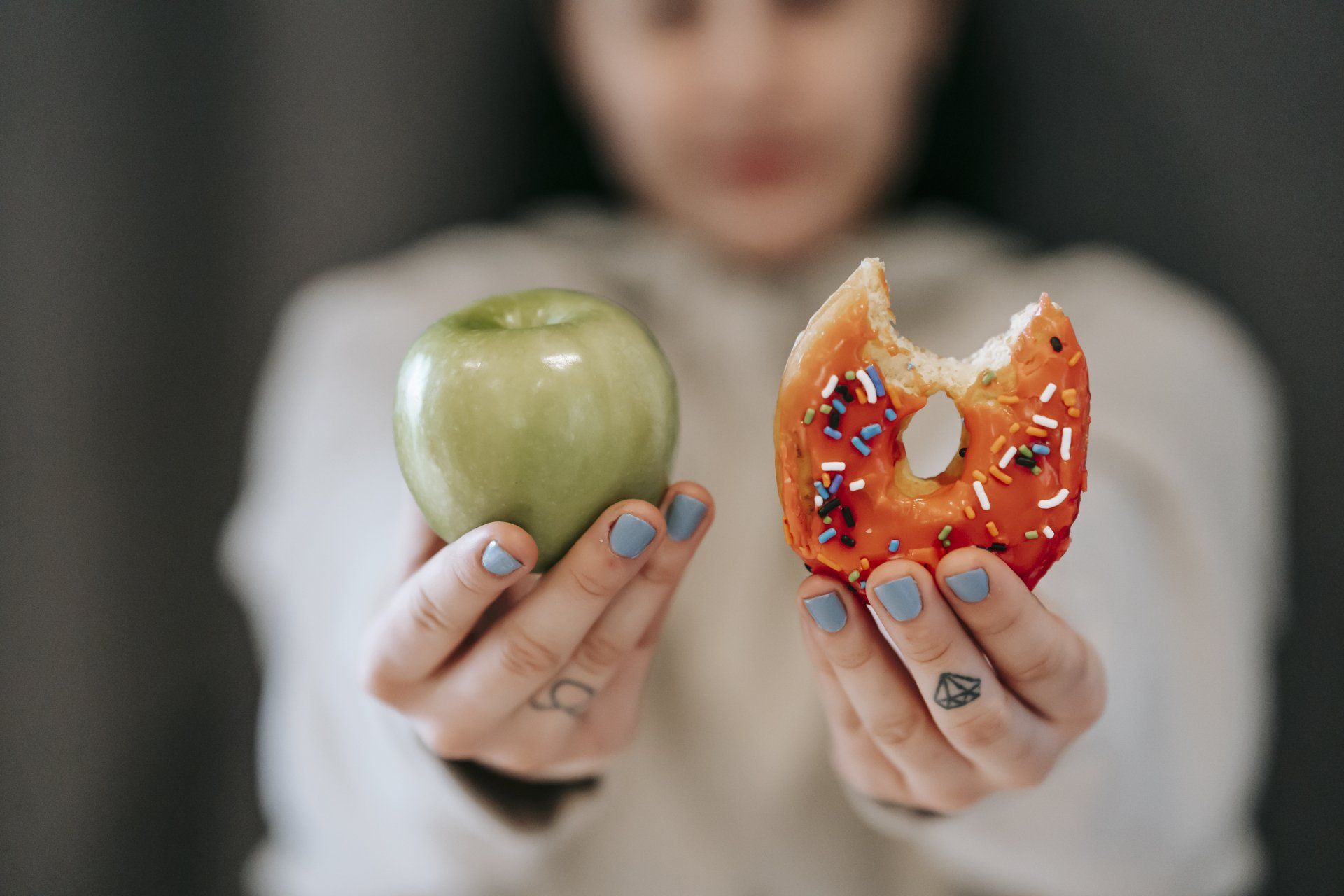GET IN TOUCH
Book your call today!
Please click here to book a 20-minute discovery call to see how I can support you on your journey to digestive wellness.
The Relationship Between Poor Gut Health and Histamine Production
Maintaining a healthy gut is crucial for overall well-being as it influences various physiological processes, including the production and regulation of histamine. Histamine is a natural compound produced by a type of white blood cell (mast cell) and it plays an important role in how our immune system functions. When gut health is compromised due to dysbiosis (imbalance of good and bad bacteria) or inflammation, it can disrupt histamine breakdown and contribute to symptoms of histamine intolerance.
The Relationship Between Poor Gut Health and Histamine Production
- Imbalance in Gut Microbiota: The balance of gut bacteria (microbiota) plays a significant role in histamine production. Dysbiosis, or an imbalance in gut flora, can lead to an overgrowth of histamine-producing bacteria. These bacteria generate higher levels of histamine, contributing to an excess in the body.
- High-Histamine Foods: Consumption of foods naturally high in histamine such as aged cheeses, fermented foods (such as sauerkraut and yoghurt), cured meats and alcoholic drinks.
- Alcohol Consumption: alcohol can interfere with DAO activity and contribute to higher histamine levels in the gut.
- Inflammatory Conditions: Inflammation in the gastrointestinal tract can stimulate histamine release from immune cells and exacerbate histamine-related symptoms.
- Impaired Gut Barrier Function: A healthy gut barrier prevents the leakage of histamine and other molecules into the bloodstream. However, conditions like leaky gut syndrome compromise this barrier, allowing histamine to enter circulation more easily. Increased systemic histamine levels can lead to widespread symptoms.
- Stress: The stress hormones cortisol and adrenalin can impact gut motility leading to constipation or diarrhoea. These changes can affect the gut microbiome leaving it unable to metabolise histamine in an efficient way.
- Reduced DAO Activity: Diamine oxidase (DAO) is an enzyme responsible for breaking down histamine in the digestive tract. Poor gut health, characterized by inflammation or damage to the gut lining, can reduce DAO production and its ability to breakdown histamine. This impairment limits the body's ability to metabolize histamine efficiently, leading to its accumulation and associated symptoms.
These factors can individually or collectively contribute to increased histamine levels in the gut, potentially leading to symptoms of histamine intolerance or sensitivity in susceptible individuals. Understanding these reasons and keeping a food and symptom diary can help detect the major cause of histamine intolerance and therefore can help you manage histamine levels through dietary and lifestyle adjustments.
Symptoms of Excess Histamine Due to Poor Gut Health
When excess histamine accumulates in the body due to poor gut health, individuals may experience a range of symptoms, including:
- Digestive Distress: Bloating, abdominal pain, diarrhoea, constipation, and nausea.
- Skin Reactions: Itching, hives, eczema, or other allergic-like skin rashes.
- Respiratory Issues: Nasal congestion, sneezing, wheezing, or difficulty breathing.
- Headaches: Migraines or tension headaches.
- Fatigue: General fatigue, low energy levels, and difficulty concentrating.
Managing Excess Histamine Through Gut Health
Improving gut health is key to reducing excess histamine production and alleviating associated symptoms. Here are some strategies to support gut health:
- Fibre-Rich Diet: Consume plenty of fibre from fruits, vegetables, and whole grains to nourish beneficial gut bacteria and improve overall digestive function.
- Anti-inflammatory Foods: Include foods rich in omega-3 fatty acids, such as flaxseeds, chia seeds, hemp seeds, walnuts, fatty fish (like salmon), and nuts, to reduce gut inflammation.
- Antioxidant Foods: Eat a wide range of fruits and vegetables in a variety of colours – each colour represents a different type of nutrient that has antioxidant and anti-inflammatory capabilities.
- Limit Trigger Foods: Avoid or minimize consumption of high-histamine foods and beverages like aged cheeses, fermented products, alcohol, and processed foods. Also limit foods that do not contain high levels of histamine but can stimulate the release of histamine in the body such as tomatoes, eggplant, spinach, avocados and citrus fruits.
- Stay hydrated: Drinking 1.5-2 litres of filtered water a day ensures the body can perform its histamine metabolism process as hydration helps maintain the optimal function of the DAO enzyme that breaks down histamine. It will also maintain a healthy digestive system in general and help reduce the accumulation of histamine-producing bacteria.
- Manage Stress: Practice stress-reduction techniques like yoga, meditation, or deep breathing exercises, as stress can impact gut health and histamine levels.
Understanding how poor gut health contributes to excess histamine production and manifests into symptoms is crucial for managing histamine intolerance effectively. By prioritizing gut health through dietary and lifestyle changes, you can alleviate symptoms and improve your overall quality of life.
If you are experiencing any of the above symptoms, book a 20-minute discovery call to see how I can help.










